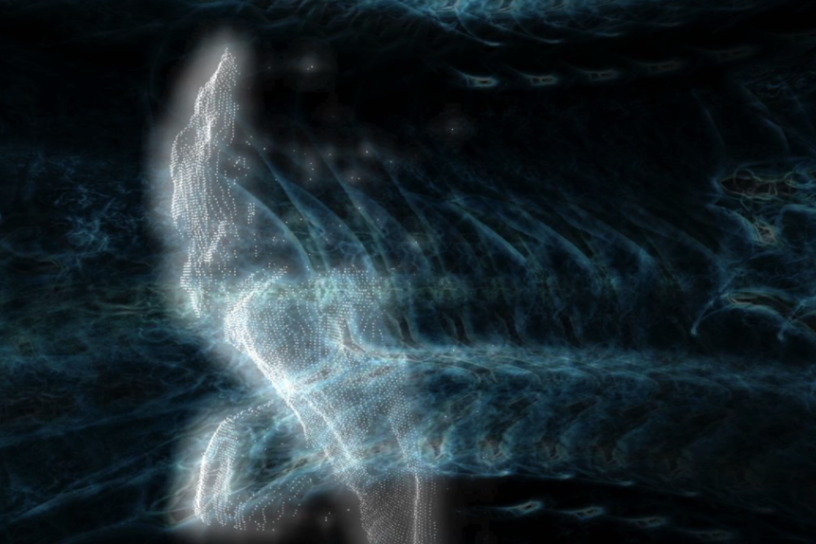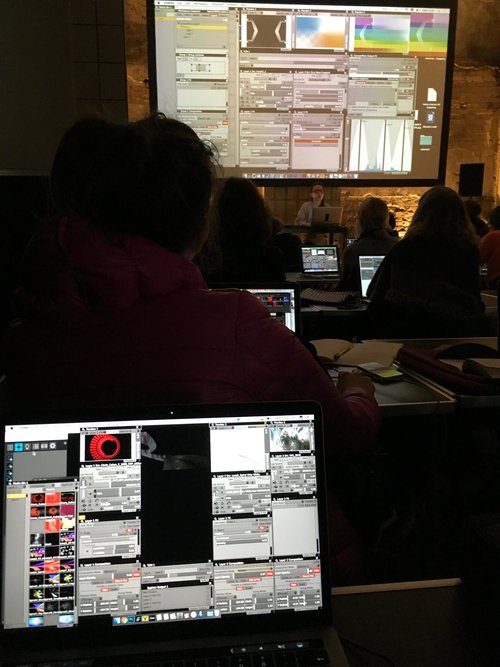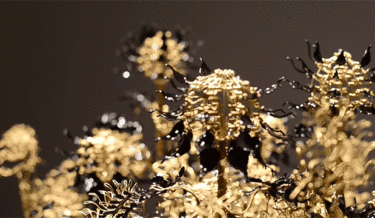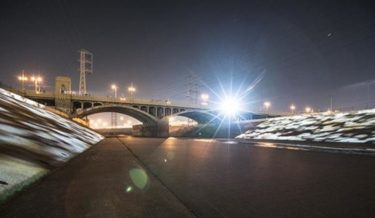Related post
Blooming Kinetic Sculptures Built with Wire by Casey Curran
May 03, 2017
|
Comments Off on Blooming Kinetic Sculptures Built with Wire by Casey Curran
2001
Artist Duo Projects Videos on the Banks of the LA River
Mar 10, 2017
|
Comments Off on Artist Duo Projects Videos on the Banks of the LA River
2679
node 5:5 – New spatial dynamics, at scale and magnificence
Mar 07, 2017
|
Comments Off on node 5:5 – New spatial dynamics, at scale and magnificence
4489








